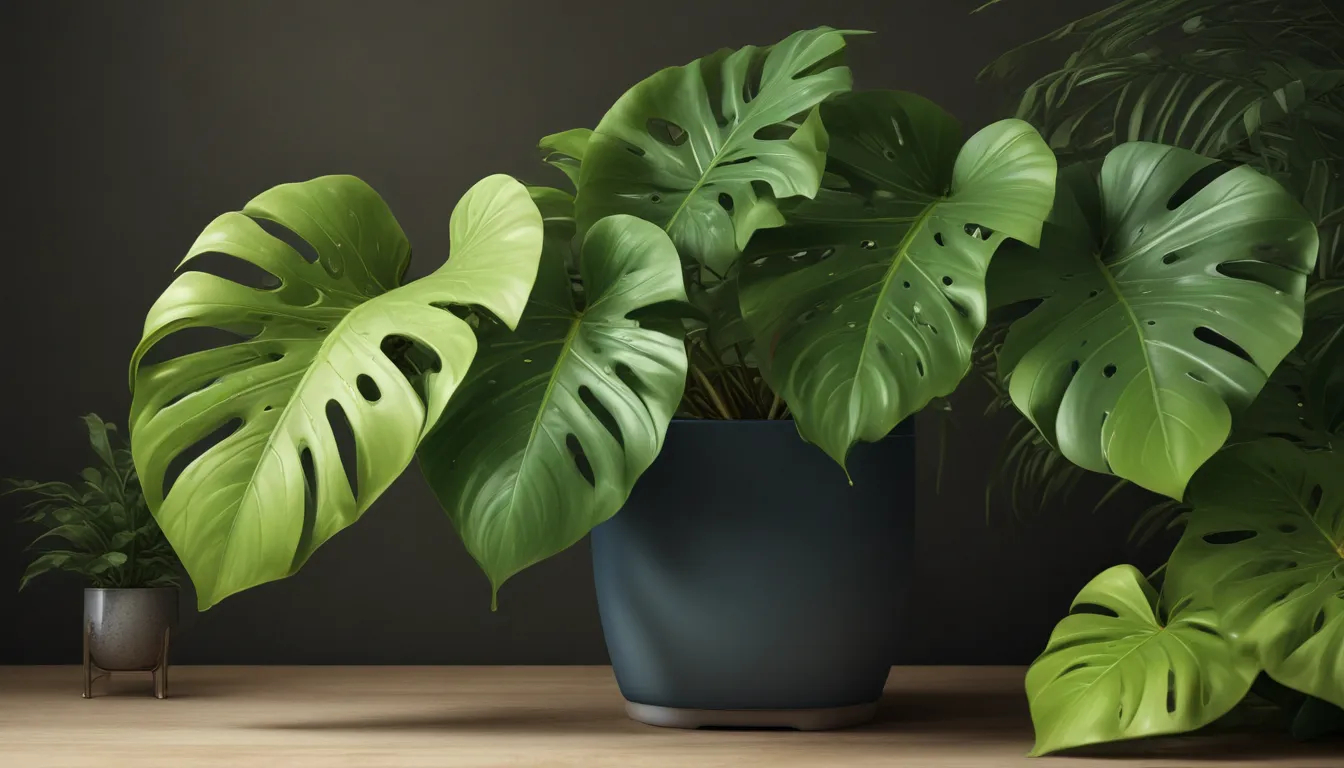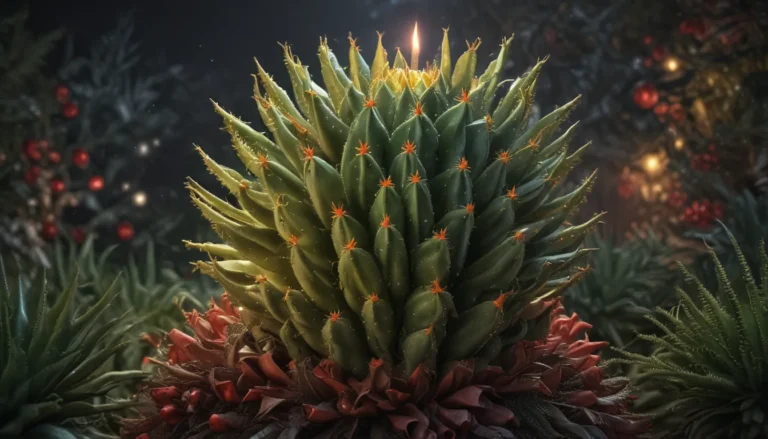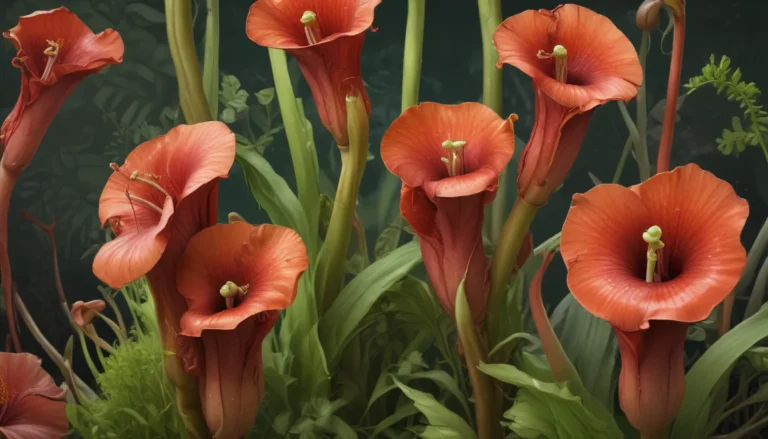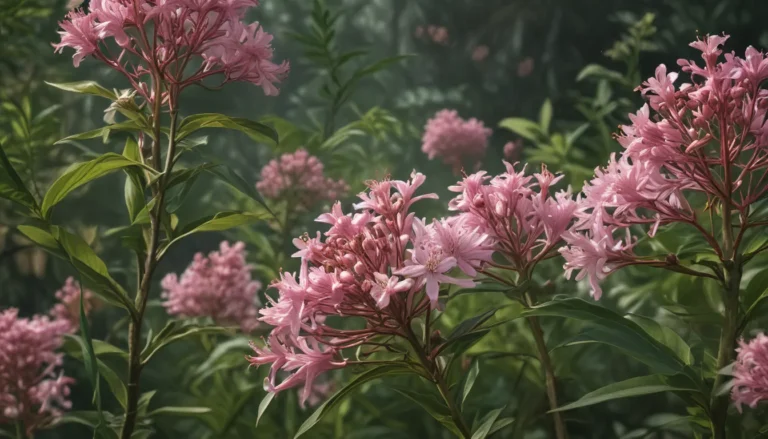The pictures we use in our articles might not show exactly what the words say. We choose these pictures to make you interested in reading more. The pictures work together with the words but don’t take their place. The words still tell you the important facts.
Are you ready to dive into the captivating world of the Split-Leaf Philodendron? This unique and stunning plant, also known as the Swiss Cheese Plant, holds a plethora of fascinating facts and characteristics that are sure to captivate plant enthusiasts and nature lovers alike. Whether you're an experienced plant parent or just embarking on your botanical journey, the Split-Leaf Philodendron is a plant that will not disappoint.
Unveiling the Unique Characteristics of the Split-Leaf Philodendron
When it comes to the Split-Leaf Philodendron, one cannot help but be drawn to its impressive and distinct features. This tropical plant, scientifically named Monstera deliciosa, boasts large, glossy leaves that are deeply lobed and split along the edges, resembling the appearance of Swiss cheese – hence its charming nickname. These iconic leaves can reach up to three feet in length, making a dramatic statement in any indoor or outdoor space.
Originally hailing from the lush tropical rainforests of Central America, including regions like Mexico, Panama, and Costa Rica, the Split-Leaf Philodendron thrives in warm and humid environments. Belonging to the Araceae family, which includes well-known houseplants like peace lilies and pothos, this plant shares similar care requirements with its botanical relatives.
Care and Maintenance of the Split-Leaf Philodendron
One of the most appealing aspects of the Split-Leaf Philodendron is its ease of care and maintenance. While it prefers bright, indirect light, it can also tolerate lower light levels, making it a versatile option for different areas in your home or office. Regular watering to keep the soil moist, but not waterlogged, along with occasional misting to provide the humidity it craves, are key to ensuring the health and vibrancy of this tropical beauty.
As the Split-Leaf Philodendron matures, it may develop fenestrations – natural holes or splits in its leaves, adding to its unique and aesthetic appeal. Additionally, this plant is commonly propagated through stem cuttings, allowing plant enthusiasts to expand their collection with ease. By placing a healthy stem cutting in water or moist soil until roots develop, you can create new plants to share with friends or enhance your indoor jungle.
Benefits of the Split-Leaf Philodendron
Beyond its striking appearance and ease of care, the Split-Leaf Philodendron also offers valuable benefits to its surroundings. As with many houseplants, this species acts as an excellent air purifier, absorbing harmful toxins and releasing oxygen into the atmosphere. So, not only does this plant add a touch of tropical elegance to your space, but it also contributes to cleaner and healthier air for you to breathe.
For pet owners, the Split-Leaf Philodendron brings peace of mind as it is non-toxic to furry friends. You can enjoy the beauty of this plant without worrying about any harmful effects if your pets decide to nibble on its leaves. In some cultures, this plant holds cultural significance, believed to bring good luck, prosperity, and positive energy when placed in homes or workplaces.
Exploring the World of Exotic Plants
As you delve into the enchanting world of the Split-Leaf Philodendron, consider expanding your botanical horizons by exploring other captivating plant species. From vibrant tropical plants like bromeliads to the exotic Torch Ginger, each plant has its own unique story to tell. Embrace your curiosity and embark on a journey of discovery to deepen your appreciation for the natural world and the wonders it holds.
If you're enchanted by the Split-Leaf Philodendron, why not venture further into the realm of fascinating plants? Whether you're intrigued by the mysteries of the Monstera deliciosa fruit or the captivating characteristics of houseplants like the Swiss Cheese Plant, there is always more to learn and explore. Let your love for plants blossom as you discover the beauty and charm of these botanical treasures.
In Conclusion
The Split-Leaf Philodendron, with its iconic split leaves and tropical allure, stands out as a captivating plant that is sure to impress plant enthusiasts and nature lovers alike. By uncovering the intriguing facts and unique characteristics of this botanical gem, you can deepen your appreciation for its beauty and charm. Whether you choose to add this stunning plant to your collection or simply admire its elegance from afar, the Split-Leaf Philodendron is a plant worth celebrating and cherishing.
As you continue your journey into the world of exotic plants and botanical wonders, remember to embrace each new discovery with curiosity and enthusiasm. The natural world is full of surprises and delights, waiting to be explored and appreciated. So, let the enchanting beauty of plants like the Split-Leaf Philodendron inspire you to connect with nature and experience the magic it has to offer.
FAQs:
- What is a Split-Leaf Philodendron?
-
A Split-Leaf Philodendron, scientifically known as Monstera deliciosa, is a tropical plant characterized by its large, glossy, and split leaves.
-
How do I care for a Split-Leaf Philodendron?
-
To care for a Split-Leaf Philodendron, place it in bright, indirect sunlight, water it regularly, and provide it with a well-draining potting mix.
-
Can I grow a Split-Leaf Philodendron indoors?
-
Yes, Split-Leaf Philodendrons can thrive indoors with proper care and sufficient sunlight.
-
How big does a Split-Leaf Philodendron grow?
-
Split-Leaf Philodendrons can grow up to 3-10 feet tall and 3-6 feet wide, creating a substantial presence in any space.
-
Can I propagate a Split-Leaf Philodendron?
-
Yes, Split-Leaf Philodendrons can be easily propagated through stem cuttings.
-
Is the fruit of the Split-Leaf Philodendron edible?
-
Yes, the fruit of the Split-Leaf Philodendron, known as the "Monstera fruit," is edible but requires caution when consuming.
-
Are Split-Leaf Philodendrons toxic to pets?
- No, Split-Leaf Philodendrons are non-toxic to pets, making them a safe and beautiful addition to pet-friendly homes.
Embark on a botanical journey full of enchantment and wonder as you explore the captivating world of plants like the Split-Leaf Philodendron. With each new discovery, you'll deepen your connection to nature and experience the magic of the natural world in all its splendor. So, let your love for plants bloom and flourish as you embrace the beauty and charm of these botanical treasures.






